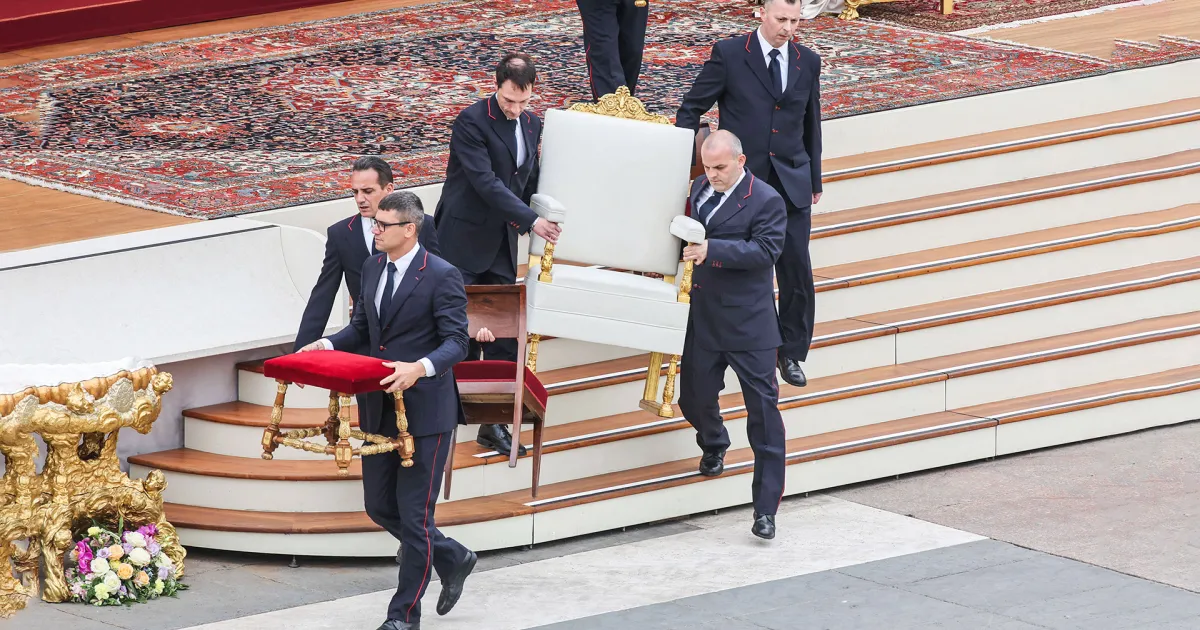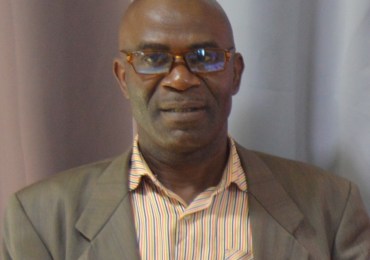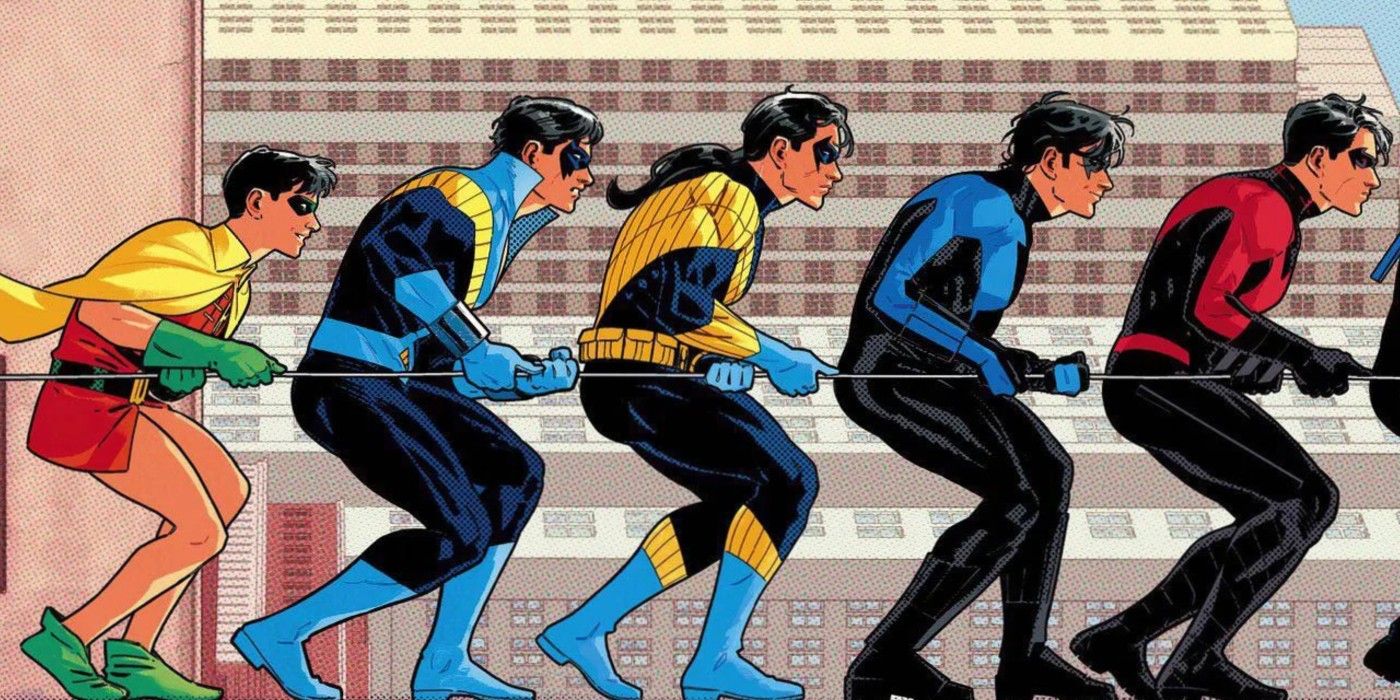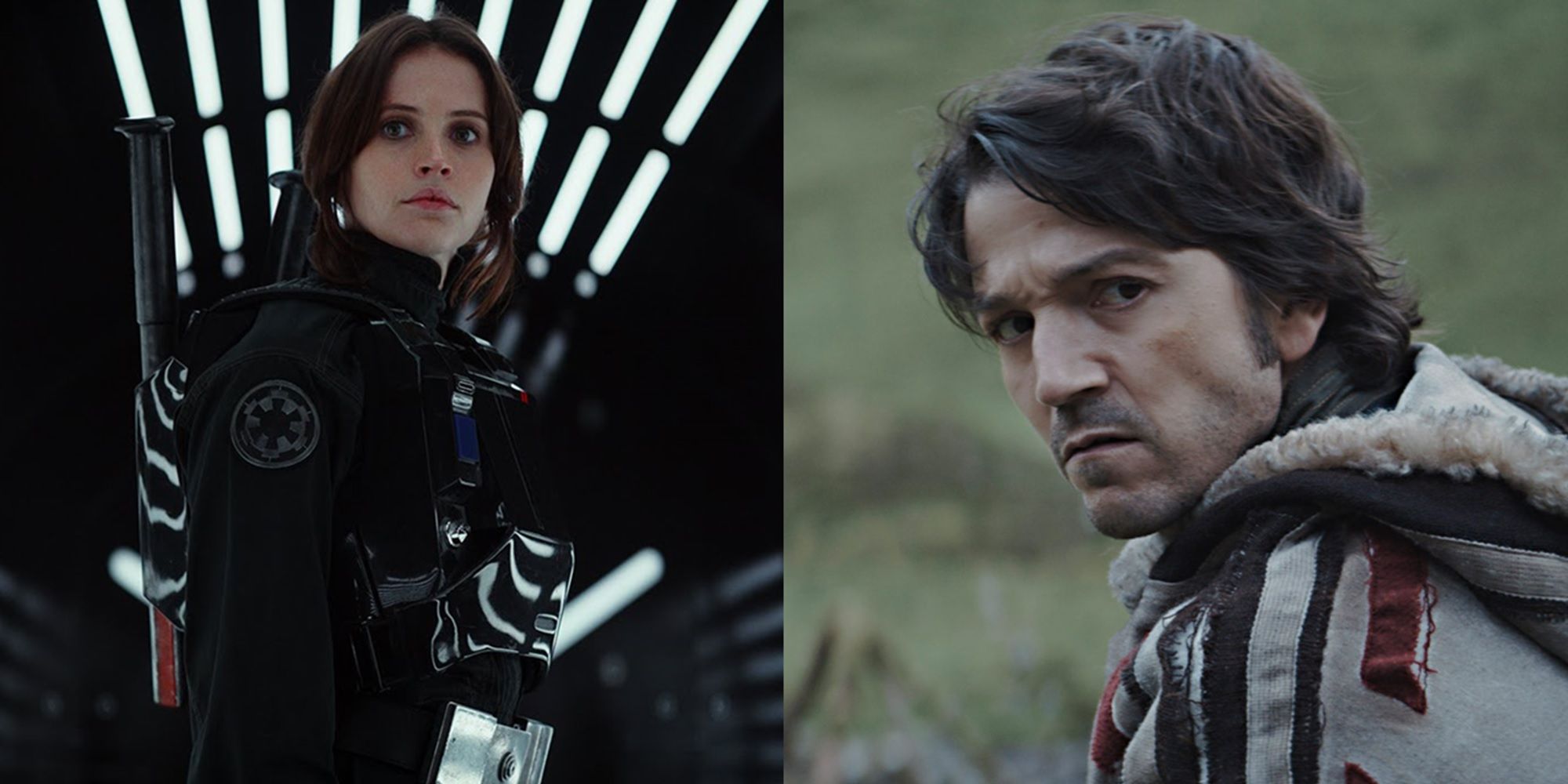A Comprehensive Guide To The Papal Conclave And The Election Of A Pope

Table of Contents
The History and Evolution of the Papal Conclave
From Early Practices to Formalized Procedures
The methods of electing a Pope have evolved considerably throughout history. Early papal elections were often characterized by chaos and political maneuvering. The process lacked formal structure, frequently leading to:
- Factionalism and bribery: Powerful families and political factions exerted significant influence, often resorting to bribery and intimidation to secure the election of their preferred candidate.
- Violent clashes: Disputes over the election outcome sometimes resulted in violent confrontations.
- Lengthy and contested elections: The lack of clear rules prolonged the election process, causing instability within the Church.
Several papal bulls and decrees attempted to regulate the election process, but it wasn't until the 13th century that more formalized procedures began to emerge. Key figures and events influencing the development of the conclave include:
- Pope Gregory X (1271-1276): His papal bull Ubi periculum established many of the fundamental elements of the modern conclave, including confinement of the cardinals to a specific location.
- The Avignon Papacy (1309-1376): This period highlighted the vulnerability of the election process to external political pressures.
Key Reforms and Modernizations
Significant reforms have shaped the modern Papal Conclave, ensuring greater secrecy and impartiality. Key developments include:
- The introduction of secret balloting: This crucial reform, implemented over time, significantly reduced the influence of outside pressures and ensured a more free and fair election.
- The impact of Vatican II (1962-1965): The Second Vatican Council brought about further modernization of the conclave, streamlining some procedures and emphasizing the importance of collegiality among cardinals.
- Apostolic Constitution Universi Dominici Gregis (1996): This document, issued by Pope John Paul II, codified the modern regulations governing the Papal Conclave, providing a detailed framework for the election process. Subsequent updates have further refined these regulations.
The Cardinals and the Electoral College
Eligibility and Selection of Cardinal Electors
Cardinal electors are the individuals who participate in the Papal Conclave. Eligibility is strictly defined:
- Appointment by the Pope: Cardinals are appointed by the reigning Pope, and this is a crucial step in shaping the future conclave.
- Age limit: Only cardinals under the age of 80 are eligible to vote.
- Good standing within the Church: Candidates must be in good standing within the Catholic Church and free from any impediments that would prevent them from fulfilling the duties of a cardinal.
The selection process for cardinals reflects a balance of geographical representation, theological expertise, and pastoral experience.
The Role and Responsibilities of Cardinal Electors
Cardinal electors bear a significant responsibility during the conclave. Their duties include:
- Maintaining secrecy: Absolute secrecy is paramount to ensure impartiality and prevent external influence. Breaching this secrecy is a grave offense.
- Impartiality: Cardinal electors are expected to vote according to their conscience and the best interests of the Church, free from personal biases or external pressures.
- Casting their votes: Each cardinal's vote holds equal weight in the election of the new Pope.
The Process of the Papal Election
Pre-Conclave Preparations
Before the conclave begins, several activities take place:
- Gathering of cardinals in the Vatican: Cardinals from around the world converge on Vatican City.
- Security measures: Rigorous security measures are implemented to ensure the safety and privacy of the cardinals during the conclave.
- Logistical arrangements: The Vatican undergoes significant logistical preparations to accommodate the cardinals and the conclave procedures.
The Conclave's Procedures
The election process is meticulously structured:
- Voting procedure: Cardinals cast their votes secretly in individual ballots.
- Two-thirds majority requirement: A candidate needs a two-thirds majority of the votes to be elected Pope.
- Handling of ballots: Ballots are burned after each round of voting, with the color of the smoke signaling the outcome. White smoke indicates the election of a new Pope, while black smoke indicates that no candidate has achieved the required majority.
- Announcement of the new Pope: Once a Pope is elected, the announcement is made from the balcony of St. Peter's Basilica.
Dealing with Deadlocks and Impasses
If no candidate receives the required two-thirds majority after several rounds of voting, the conclave may continue for an extended period. Historical examples show that these situations can lead to prolonged elections. While no specific procedures are outlined to force a conclusion, the cardinals must continue until a consensus is reached.
The Announcement and Inauguration of the New Pope
The "Habemus Papam!" Moment
The announcement of the new Pope is a highly anticipated event:
- "Habemus Papam!": The announcement, meaning "We have a Pope!", is made from the balcony of St. Peter's Basilica.
- White smoke signal: The white smoke from the burning ballots signals to the world that a new Pope has been elected.
- Role of the Cardinal Camerlengo: The Cardinal Camerlengo, acting as head of the College of Cardinals during the vacancy, plays a critical role in managing the conclave and announcing the election.
The Inauguration Ceremony and Papal Enthronement
Following the election, several significant events occur:
- Inauguration Mass: The new Pope celebrates a formal inauguration mass, marking the beginning of his papacy.
- Papal Enthronement: The new Pope takes his seat as the head of the Catholic Church, ready to fulfill his duties.
- First Responsibilities: The new Pope immediately assumes various responsibilities, including appointing cardinals and addressing the global Catholic community.
Conclusion: Understanding the Weight of the Papal Conclave
The Papal Conclave, a centuries-old process, is a pivotal event in the life of the Catholic Church. Understanding its historical development, complex procedures, and the significant role of the cardinal electors is essential for appreciating its weight and importance. This article has highlighted the key stages involved, from the pre-conclave preparations to the announcement and inauguration of the new Pope. By grasping the intricacies of the Papal Conclave, we gain a deeper understanding of the Catholic Church's leadership and its enduring influence on the world. To further explore this fascinating subject, we encourage you to research more information on the Papal Conclave and its rich history, searching for terms like "election of a Pope," "Catholic Church leadership," or delving into books and websites dedicated to the Vatican and its processes.

Featured Posts
-
 New Fantasy Film Starring Jenna Ortega And Glen Powell To Film In London This Summer
May 07, 2025
New Fantasy Film Starring Jenna Ortega And Glen Powell To Film In London This Summer
May 07, 2025 -
 Ovechkins Florida Workout Partner Revealed Former Nhl Star Darius Kasparaitis
May 07, 2025
Ovechkins Florida Workout Partner Revealed Former Nhl Star Darius Kasparaitis
May 07, 2025 -
 Ks Sliwinski O Konklawe Dlaczego Medialni Faworyci Rzadko Zostaja Papiezami
May 07, 2025
Ks Sliwinski O Konklawe Dlaczego Medialni Faworyci Rzadko Zostaja Papiezami
May 07, 2025 -
 Simone Biles From Gymnastics Champion To What
May 07, 2025
Simone Biles From Gymnastics Champion To What
May 07, 2025 -
 Cavaliers Heat Une Victoire Humiliante De 55 Points Un Record Nba Pulverise
May 07, 2025
Cavaliers Heat Une Victoire Humiliante De 55 Points Un Record Nba Pulverise
May 07, 2025
Latest Posts
-
 X Men Rogues Costume Evolution A Surprising Shift
May 08, 2025
X Men Rogues Costume Evolution A Surprising Shift
May 08, 2025 -
 Rogue One Actors Revealing Thoughts On Fan Favorite
May 08, 2025
Rogue One Actors Revealing Thoughts On Fan Favorite
May 08, 2025 -
 Honest Reflections A Rogue One Star On A Popular Character
May 08, 2025
Honest Reflections A Rogue One Star On A Popular Character
May 08, 2025 -
 The Rogue One Recut What The Andor Director Almost Revealed
May 08, 2025
The Rogue One Recut What The Andor Director Almost Revealed
May 08, 2025 -
 Revealing Too Much Andor Director And The Rogue One Recut
May 08, 2025
Revealing Too Much Andor Director And The Rogue One Recut
May 08, 2025
